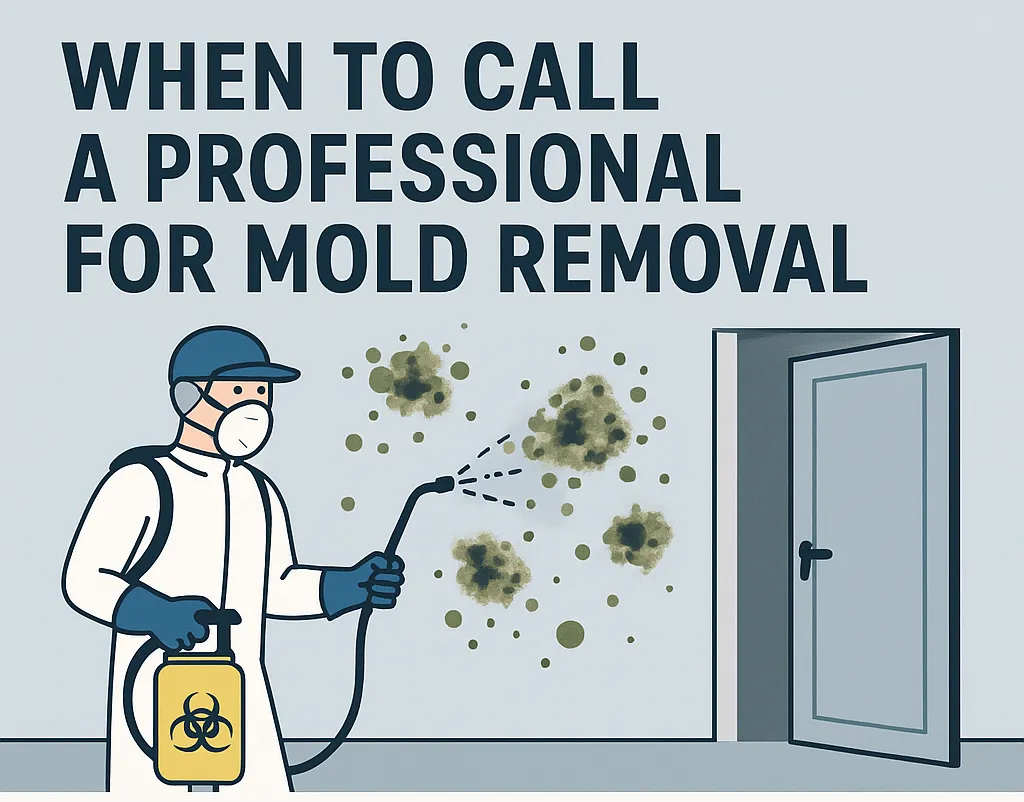Restoration Blog
Restore

The Connection Between Plumbing Issues and Mold Growth
The Connection Between Plumbing Issues and Mold Growth
Plumbing issues, such as leaks and broken pipes, can create the ideal environment for mold growth. Excess moisture from plumbing problems can lead to serious structural damage and health risks if not addressed promptly. Here’s how plumbing leaks contribute to mold risks and what homeowners can do to maintain a safe and healthy home.
1. Understanding How Plumbing Leaks Cause Mold
Excess Moisture: Leaks provide moisture that mold needs to grow, especially in hidden areas like walls and ceilings.
Hidden Damage: Plumbing leaks often go unnoticed, allowing mold to spread undetected.
Poor Ventilation: Bathrooms, kitchens, and basements with limited ventilation are more prone to mold issues caused by plumbing leaks.
2. Common Plumbing Issues That Lead to Mold
Leaky Pipes: Small pipe leaks can create damp areas that promote mold growth.
Faulty Fixtures: Dripping faucets, showerheads, and toilets contribute to moisture buildup.
Burst Pipes: Major leaks from burst pipes can cause rapid mold growth if not addressed quickly.
Poor Drainage: Blocked drains and standing water provide a breeding ground for mold.
3. Signs of Mold Growth Due to Plumbing Issues
Musty Odors: Mold often produces a strong, musty smell.
Visible Mold: Black, green, or white mold spots on walls, ceilings, and fixtures.
Stains and Discoloration: Water stains can indicate hidden mold growth.
Health Symptoms: Respiratory issues, allergies, and skin irritation may be signs of mold exposure.
4. Preventing Mold Growth from Plumbing Leaks
Regular Inspections: Check pipes, fixtures, and appliances for leaks regularly.
Fix Leaks Immediately: Promptly repair leaks to prevent moisture buildup.
Maintain Proper Ventilation: Use exhaust fans in bathrooms and kitchens to reduce humidity.
Monitor Humidity Levels: Keep indoor humidity below 60% to discourage mold growth.
5. How to Address Mold Growth Caused by Plumbing Issues
Identify and Stop the Leak: Fix the plumbing issue to eliminate the source of moisture.
Remove Affected Materials: Discard water-damaged materials like drywall, insulation, and carpeting.
Clean and Disinfect: Use mold-specific cleaners to remove spores and prevent regrowth.
Dry the Area Thoroughly: Ensure all surfaces are completely dry to prevent further mold growth.
6. When to Call a Professional for Mold Removal
Widespread Growth: Extensive mold damage requires professional remediation.
Hidden Mold: Professionals can detect and remove mold in hard-to-reach areas.
Health Concerns: Mold remediation experts ensure safe removal, protecting your health.
7. Choosing a Professional Mold Remediation Service in St. Louis
Certified Technicians: Select licensed professionals with experience in mold removal and plumbing repair.
Comprehensive Assessments: Ensure a thorough inspection to identify all sources of moisture and mold.
Effective Solutions: Use proven methods and advanced equipment for long-lasting results.
Preventative Measures: Professionals can recommend ways to prevent future mold growth.
Conclusion
Plumbing issues are a leading cause of mold growth in homes, posing both health risks and structural damage. By addressing leaks promptly, maintaining proper ventilation, and working with mold remediation experts in St. Louis, homeowners can protect their property and ensure a healthy living environment.
